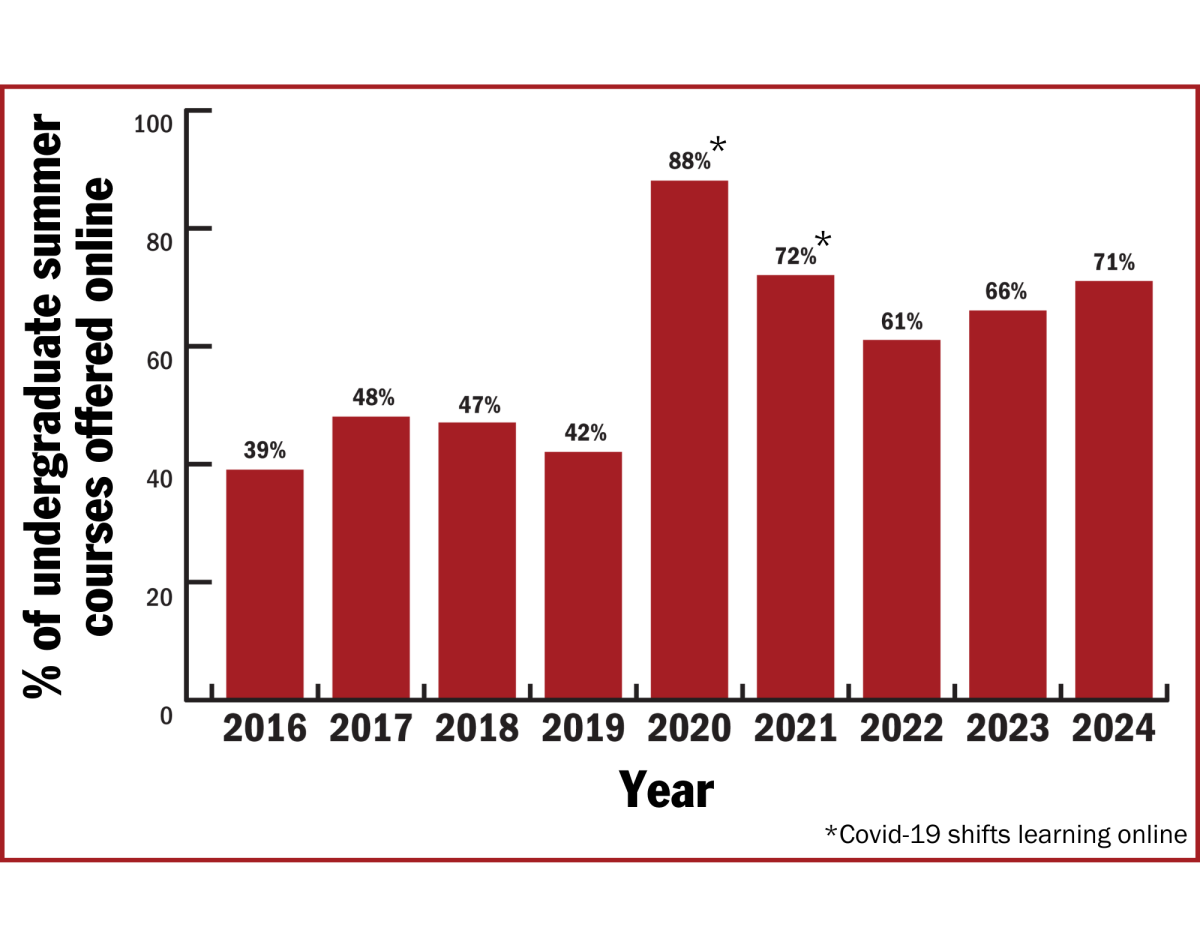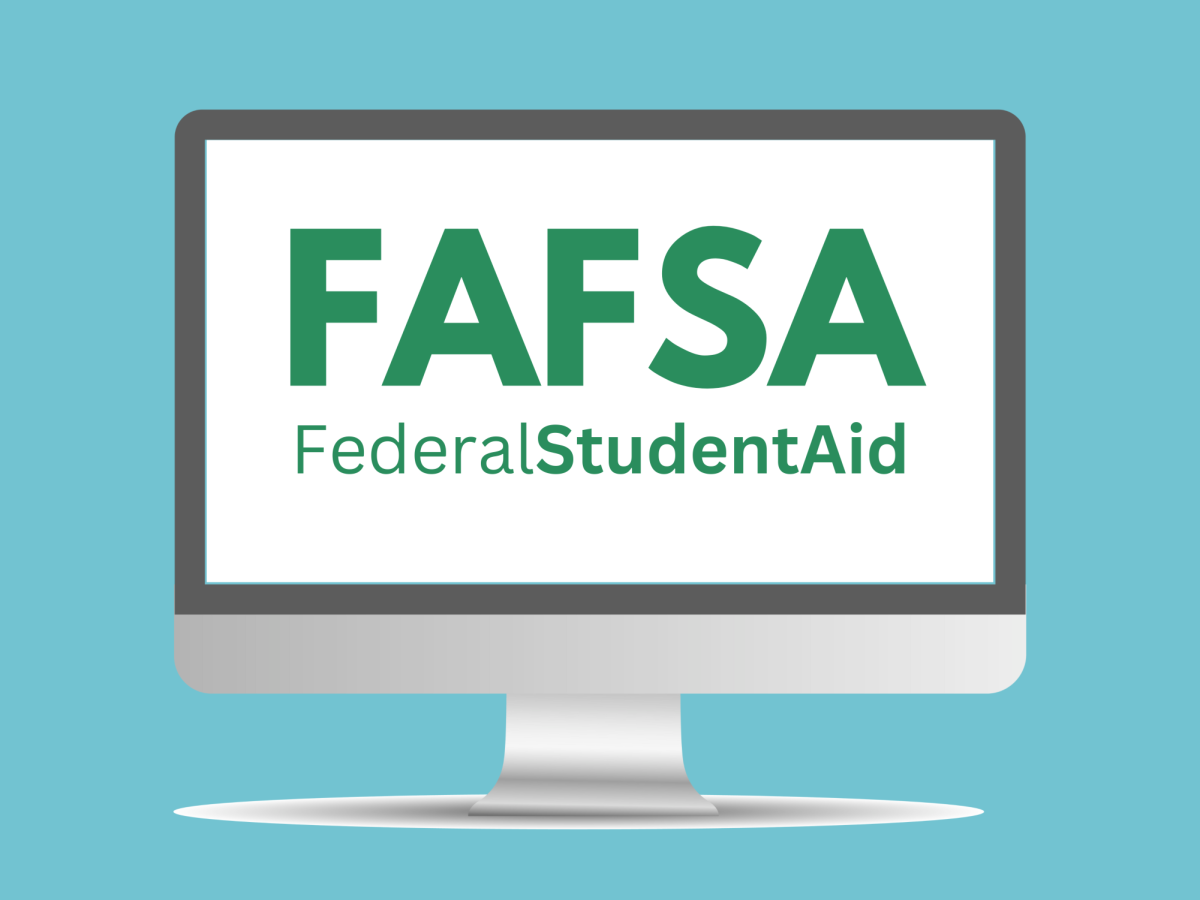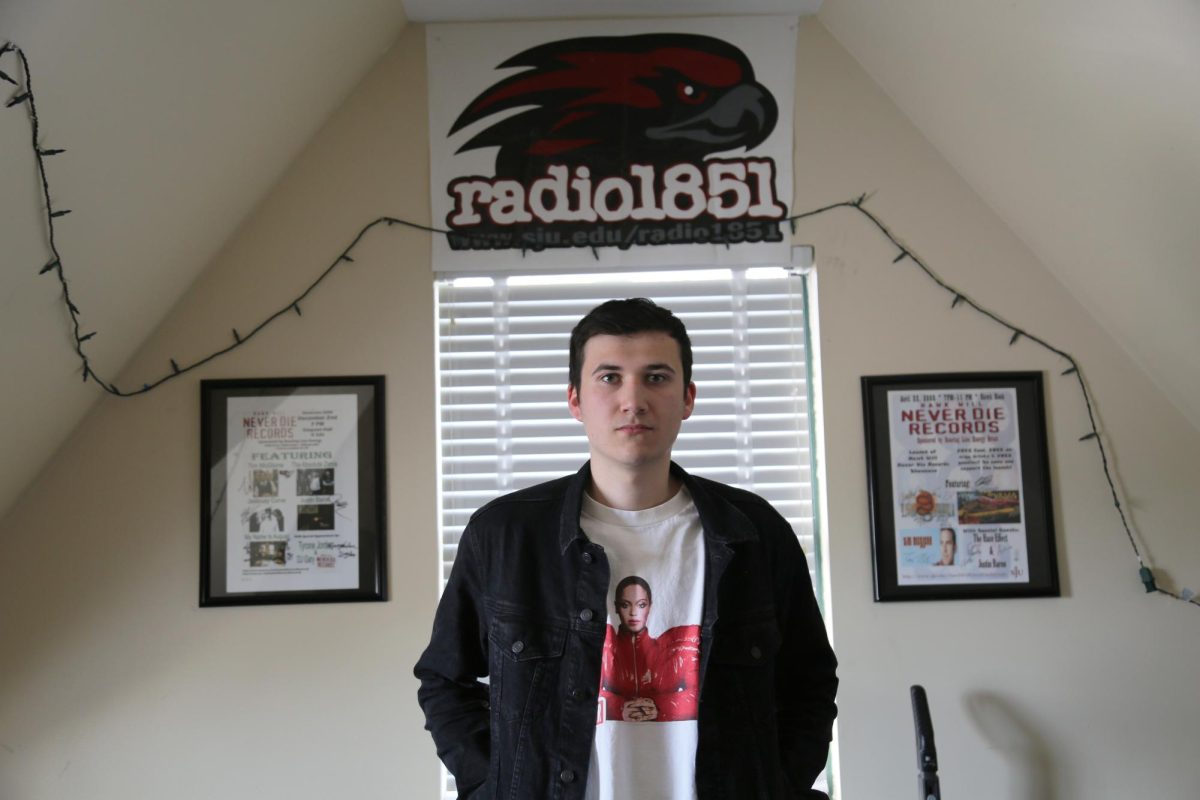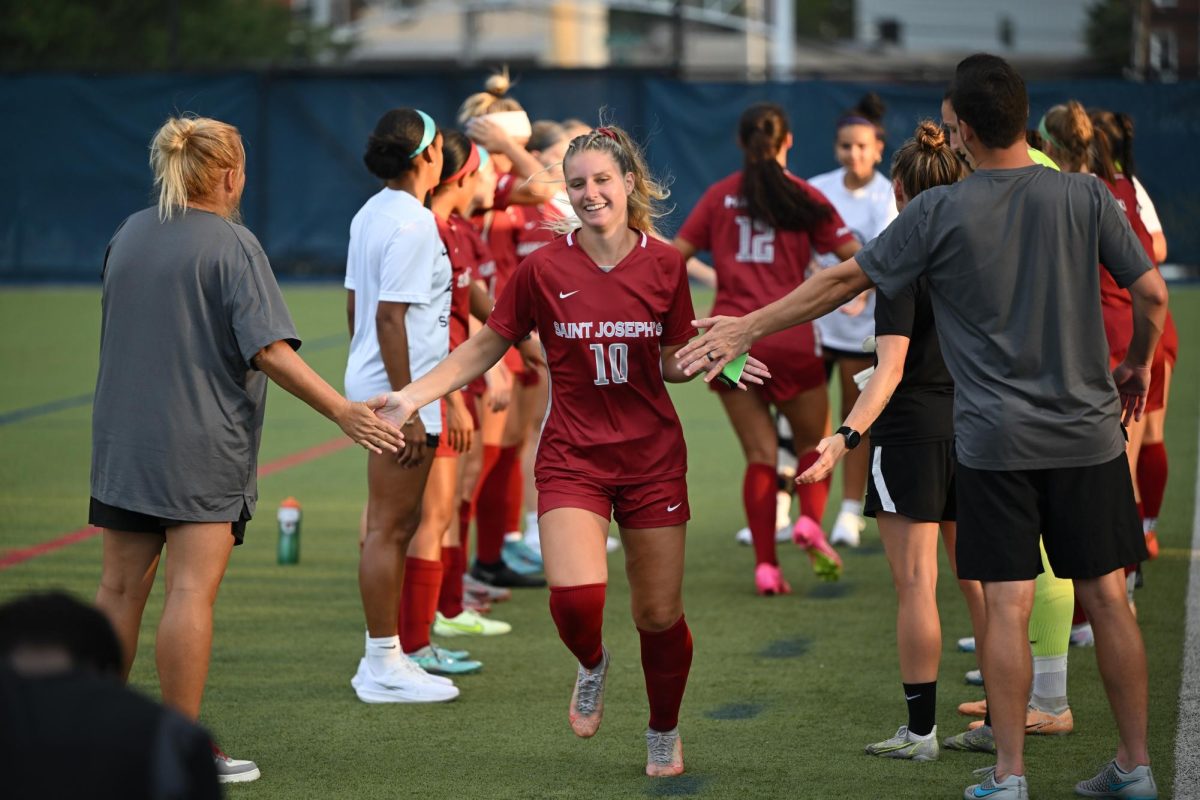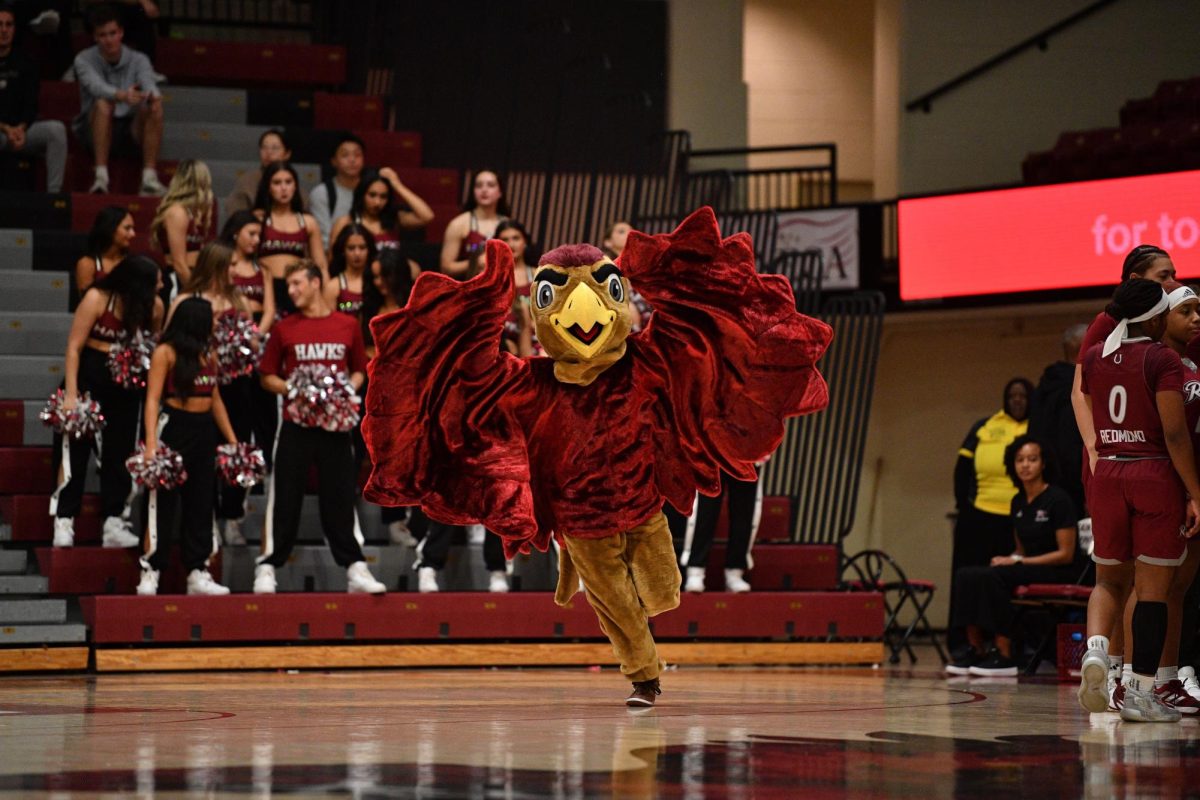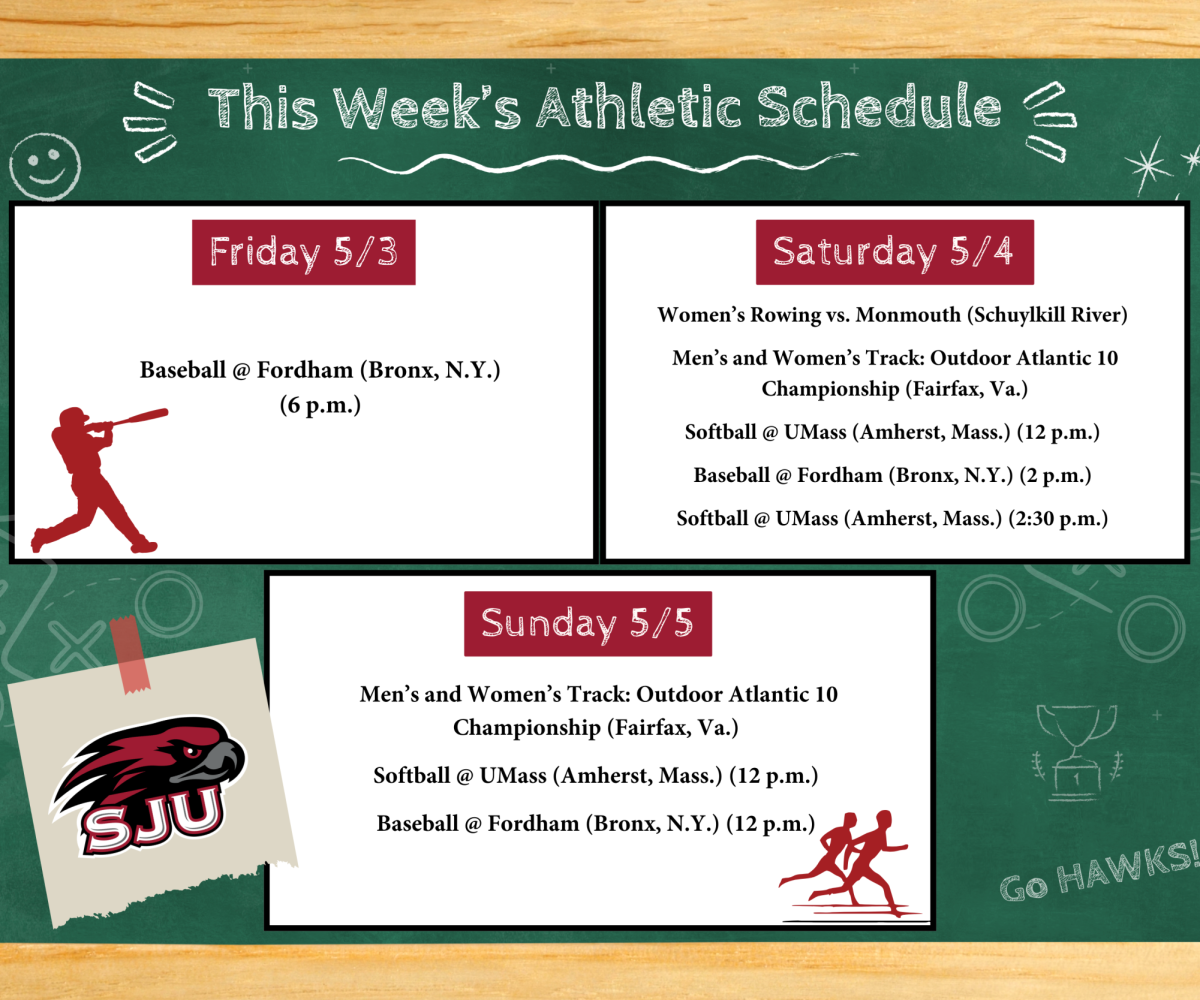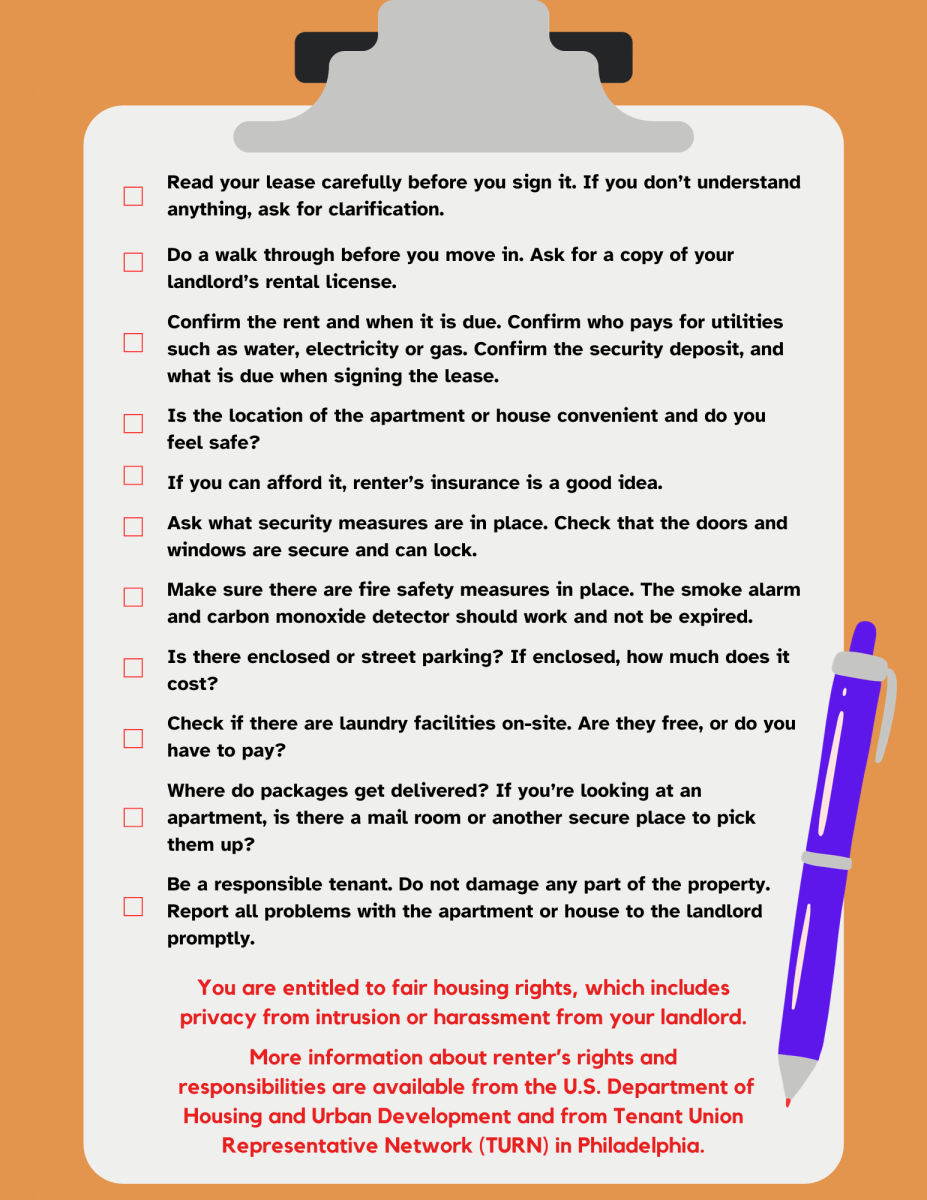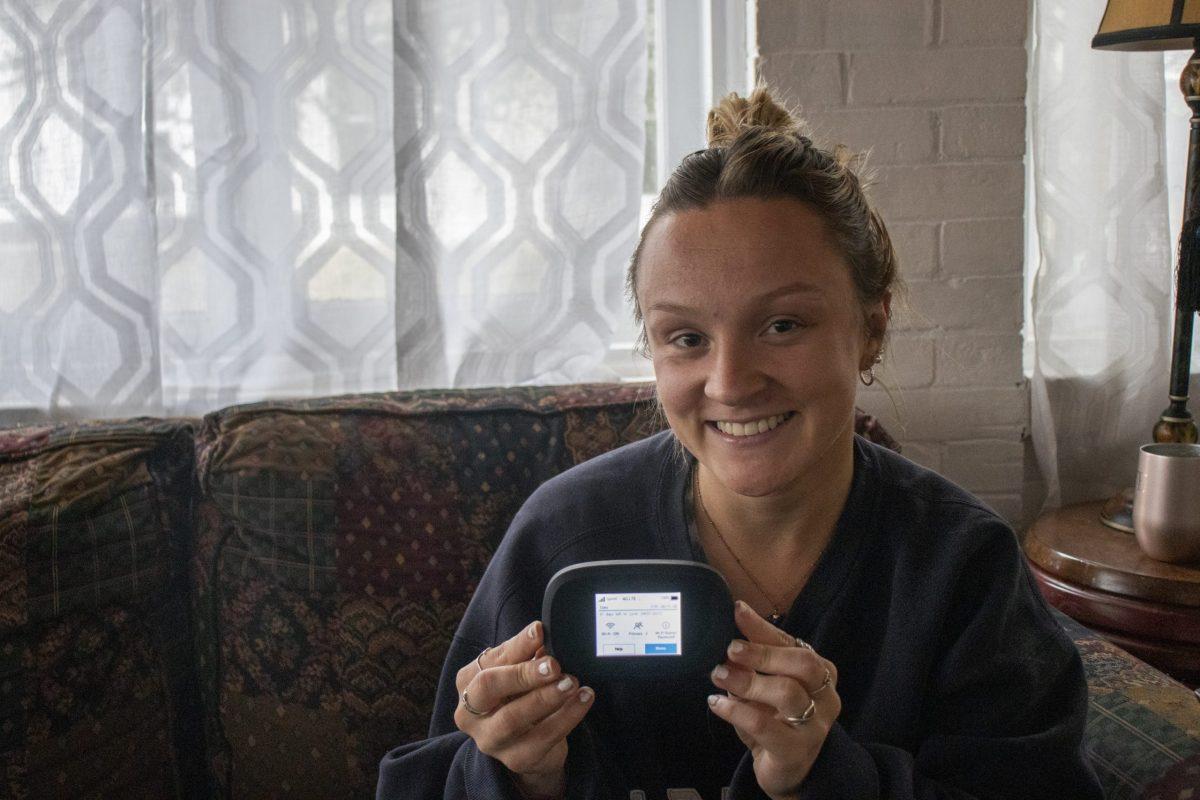Like a lot of off-campus students, Thomas Sweeney ’22 and his roommates have trouble connecting to class online.
“Sometimes when one of my roommates is logging into class, he’ll have to run to his friend’s house next door and take class from there because his connection is so bad,” said Sweeney, who lives in a five-person house in Manayunk.
Off-campus students like Sweeney, as well as faculty, can now request a free internet hotspot from the university to help with their connectivity issues. The program is part of an educational partnership with Sprint and T-Mobile that provides free mobile hotspots to students and faculty in need.
St. Joe’s has incurred no additional costs upon entering this program and has received all of its devices for free, according to Francis J. DiSanti ’79, chief information officer.
The Office of Information Technology (IT) did a soft launch of the loaner program last March when the university first went online because of COVID-19.
“These devices have seemed to help students who have had the need and, for financial reasons, might not be able to increase the speed of their bandwidth with their internet providers,” DiSanti said.
The initial allocation from Sprint and T-Mobile was 20 devices, 17 of which are currently in use. DiSanti said if demand for the devices increases, St. Joe’s could access anywhere from 50 to 75 hotspots.
Users of the devices do not have to worry about their data being compromised because the hotspots are secure through the use of password protection technology, DiSanti said. The devices, MiFi 8000 mobile hotspots, are manufactured by Inseego.
Abigail Shimanek ’21, who lives in a four-person house in Manayunk, applied for an internet booster at the beginning of the spring 2021 semester after repeated connection issues.
“Ever since having it, I haven’t had any problems on Zoom,” Shimanek said.
But DiSanti said mobile hotspot devices are not a viable solution for all students experiencing connection problems, particularly those living in multiple-person houses. Students and faculty working from multiple-person residences generally benefit more by increasing their bandwidth connection with their internet providers as opposed to using a mobile hotspot.
“The top reason for internet problems is oftentimes insufficient bandwidth, which can be contributed to an older router and the number of concurrent users on the network at one time,” DiSanti said.
Broadband is the maximum amount of high-speed internet available at a given point in time. Ten through 20 megabits per second (Mbps) is considered fast enough for academic activities, according to the St. Joe’s IT website.
Internet providers such as Comcast, Xfinity and Verizon have created programs that are aimed at providing students with a sufficient amount of bandwidth at a discounted monthly rate, according to DiSanti. Deals include 200 Mbps for about $20 a month.
Sometimes, though, even the fastest broadband cannot solve the problem. Jack Mostow ’22, a resident in a six-person house on North 52nd Street, said he gets completely disconnected from his internet at least once a week despite paying a premium for his network.
At times it can take between 20 to 30 minutes to reconnect to his internet, Mostow said.
Jonathan Gehrkin, an employee at CompuWorld located on the corner of City Avenue and North 52nd Street, said at least one customer a month comes in with internet problems.
While CompuWorld does carry internet hotspots, Gehrkin recommended students use a cable wire to directly connect to their internet network. Internet cables can cost anywhere from $10 to $15.
“If you hard-connect to your internet, you’re going to get much faster speeds, especially with a good wire like Cat6 or 7,” Gehrkin said.
Cat6 and Cat7 refer to the upper-end of ethernet cables, which allow for the highest possible bandwidth.
Off-campus students and faculty interested in an internet hotspot can request one by filling out a Google Form, located on both The Success Center and IT websites.

